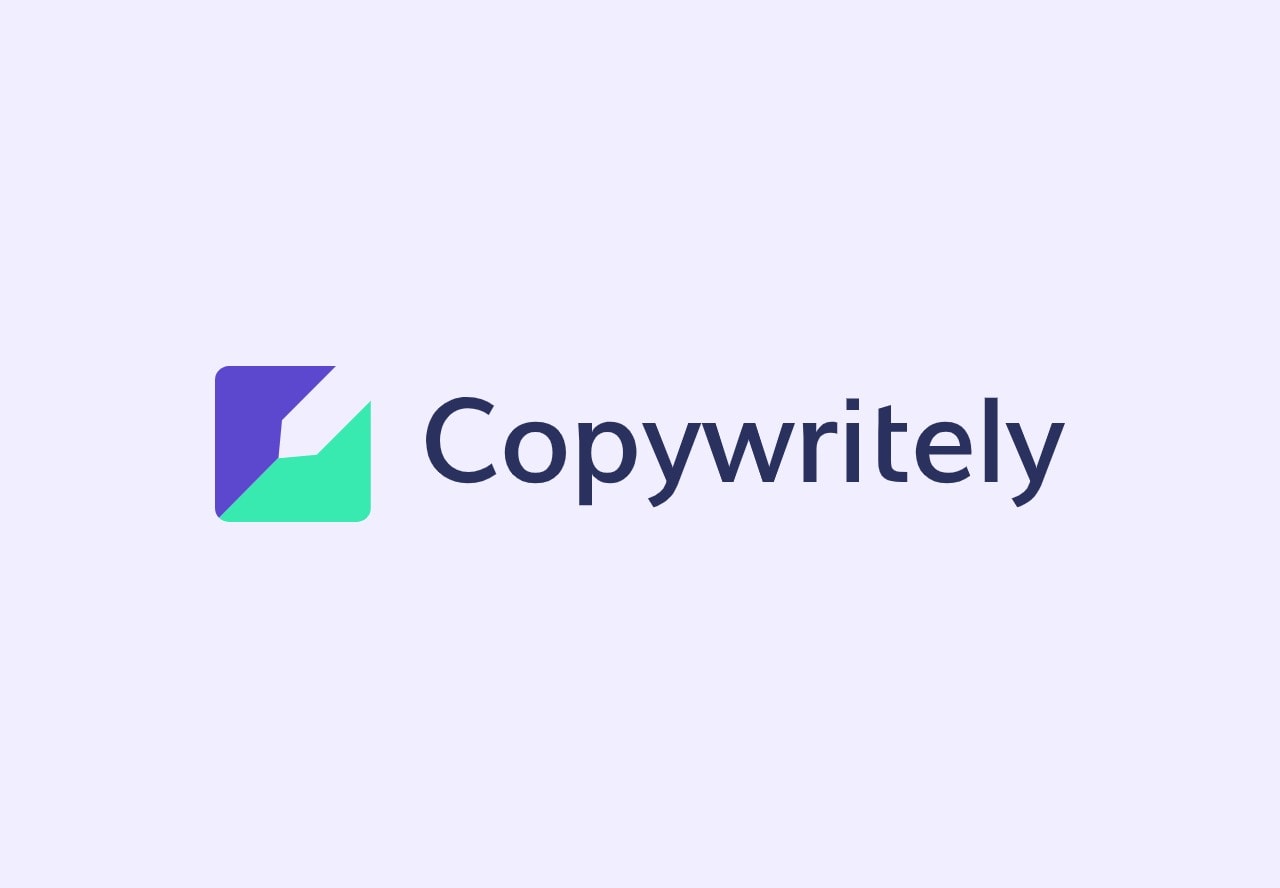Most of us believe that copywriting is a time-consuming procedure. However, after you’ve mastered the craft of writing, the work required decreases substantially. Professional copywriting services propose that you learn how to organize your thoughts and write them down logically so that business readers find the material exciting and appealing.
Just get down to business and learn how to make your writing more informative and exciting. Aside from the obvious things like producing original material, grammatically accurate articles, and so on, here are a few pointers to make your company copywriting more appealing to your consumers.

- Back With Data
You must be aware of what you are communicating during the writing process. Before you begin business writing, you should have a general notion of what you want to write. Writing, unlike storytelling, can be a creative and continual activity. However, before beginning, business writing must have a foundation. Remember to back up your claim with facts and a value offer. This necessitates extra effort in research.
2. Transcribe Your Thoughts
Many content writers have the mistaken belief that they must use an extensive vocabulary when writing. They look for synonyms and thesaurus entries for every basic word and force them into the material. That is not the correct approach. You must strive to explain your ideas in a way that a bigger audience can understand.
3. Recognize your medium
As you compose your content, keep in mind that each media in which an ad is published necessitates a specific tone or style. The copy you use differs depending on where you place your ad and the people who view it. Are you going to advertise in a local newspaper or on a billboard? Are you going to place your ad in a women’s magazine or a news magazine? To persuade a specific audience to act, various mediums demand different text.
Furthermore, different sorts of marketing materials need different kinds of text. Remember that, aside from traditional commercials, there are several methods to utilize text to market your brand. Use all opportunities to deliver your marketing messaging to your customers.

4. Make use of urgency
Assume you’re buying online and there are only 100 pairs of the shoes you’re looking for remaining in stock. You probably wouldn’t be in a hurry to buy. It would be a different scenario if only a few people were remaining. You’d be more inclined to buy if you didn’t want to miss out. Creating a feeling of urgency is an effective approach to persuade purchasers to act
- Inform customers that a sale is almost ending.
- If a product is running short on inventory, show how many units are remaining.
- Inform clients that a coupon is only valid till a particular date.
These kinds of strategies encourage customers to act sooner rather than later. However, you must exercise caution to avoid creating a false feeling of urgency. Imagine getting an email a few times a week suggesting that you’re missing out on the best offer of the year; you’d quickly see through it. Use the word “urgent” cautiously.
5. Provide Specific Examples
You may believe that relying on the rules would result in the most effective writing. That is incorrect because the examples you use in your writing are more significant than the rules of grammar. Grammar must always be learned and memorized in the context of the conversation; it cannot be taught and remembered in isolation.
6. Make eye-catching titles
The title is the initial point of contact between your reader and your content, and it is also one of the most important parts for search engines. There are several title formats: it might begin with numbers, pose a question, describe the topic, and then make a call, or offer a provocation, among many others.
An essential thing is that it is straightforward—that is, that the topic is self-explanatory about what the material addresses or what answer it provides—, that it contains the keyword, and that it does not exceed 55 characters to seem complete on the search results page.
7. Compare and contrast
Since ancient times, humans have used analogies and metaphors to clarify ideas, and there are several reasons why this method works so effectively. For starters, individuals are more responsive to information that is familiar to them. After all, the effort required to comprehend an utterly novel notion is far more significant than that needed to understand something that is previously known or suggested.
Furthermore, our brain creates new memories from previous ones, forming connections. As a result, if you can bring up a notion that the reader is familiar with and correlate that knowledge with the idea you are sending, the odds of consolidating the material in their memory increase significantly.
However, it is critical to avoid direct comparisons with the competition, significantly if your lines undercut the products or services of other firms. This sort of mindset, in addition to being unethical, raises suspicion.
8. Narrate a story
Telling a fascinating tale is one of the most engaging and successful methods to captivate and engage an audience. Storytelling is a tactic whose primary goal is to establish a strong connection with your audience.
One of the tenets of communication is the use of stories. They inspire emotions and memories and exhibit empathy by making individuals experience the information they receive because they are more profound and more sensitive Just make sure not to overdo it. After all, a compelling tale does not need the intricacies and complexities of a literary work. In truth, storytelling is simply a tool for enriching your communication with the reader and making this contact more human since, after all, there is nothing more human than narrative, right?
9. Say more with fewer words
When writing long-form essays, being succinct within the material is essential. We’ve previously established that people’s attention spans are short. They don’t want to wade through your blog article to obtain their desired information. Adding filler text or ineffective writing to make it more “long-form” will irritate your readers. People can see right through your filler and fluff.
10. Write as though your audience is speaking
Your prospects are unlikely to utilize business jargon or marketing terms like “unlock,” “supercharge,” and “unleash” in their ordinary conversations. They speak in a relaxed, conversational tone. If you desire to connect with them, you should utilize language like this in your copywriting. A competent copywriter writes in a way that informs and persuades, using standard, simple terms that your reader will understand.
One thing is sure, whether you want to employ copywriting to generate conversions for your e-commerce firm or consider becoming a copywriter, one thing is certain. Profitable copywriting is compelling copywriting. You’ll be hard pushed to find any expertise that adds so much value to organizations across the board. We hope you found these copywriting strategies for promoting your e-commerce business into a successful brand.



![750+ Linkedin Pictures [HD] | Download Free Images on Unsplash](https://images.unsplash.com/photo-1611944212129-29977ae1398c?ixlib=rb-1.2.1&ixid=MnwxMjA3fDB8MHxzZWFyY2h8MXx8bGlua2VkaW58ZW58MHx8MHx8&w=1000&q=80)


































